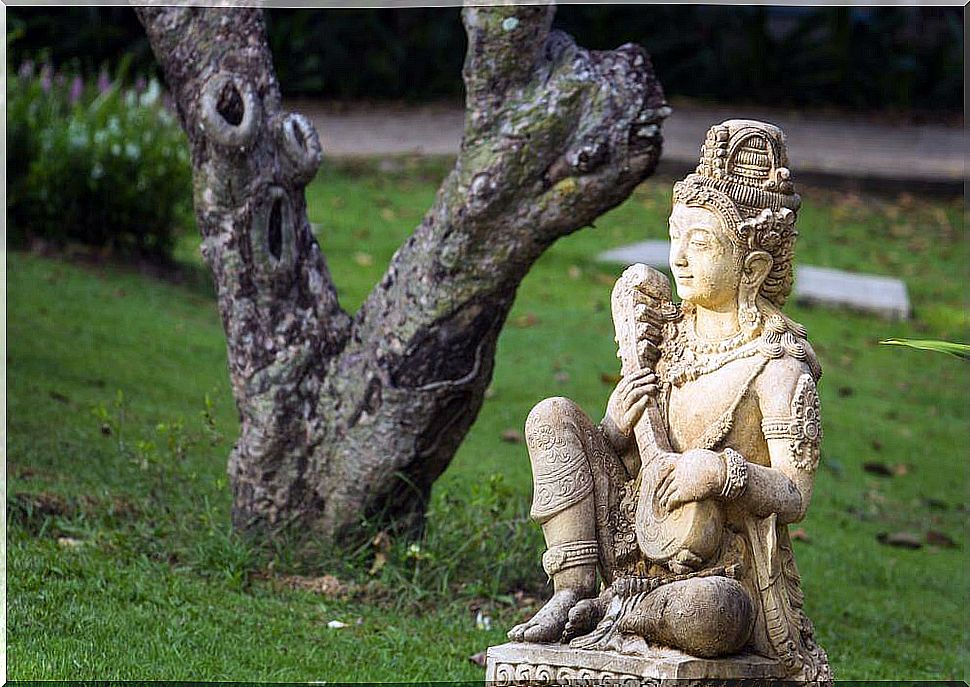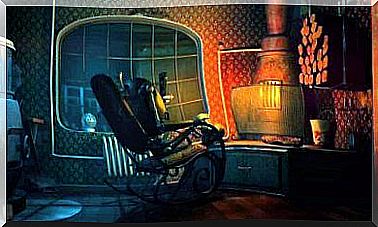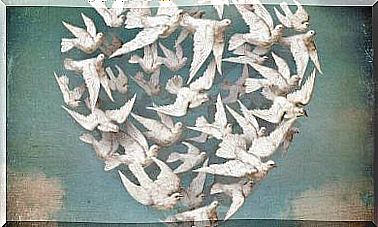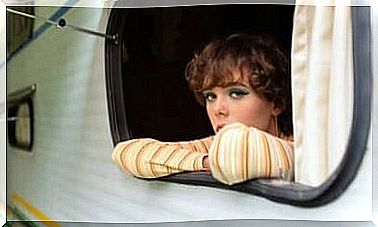The Story Of One Of The Best Songs

“Ne me quitte pas” by Jacques Brel is the most beautiful song of all time, in fact it has received numerous awards. In reality, it is the story of the songwriter humiliated and left by his girlfriend “Zizou”. The song was first released in 1959 by Warner Chappell and appears on the album “La Valse à Mille Temps”. Since that time, many versions have been recorded, among the most famous we remember that of Edith Piaf, Charles Aznavour, Nina Simone, Frank Sinatra, Julio Iglesias and Madonna, in addition to the fact that the song was translated into many languages.
But what lies behind the beautiful but sad words of this song? A dramatic story, without a shadow of a doubt. Jacques Brel conquered the audience with his drama on stage, he was a sort of “Dandy” who made women sigh with a language as sensual as French is.
During his stage as an artist in clubs, Brel meets a woman named Suzanne Gabriello, a comedic, sensual and intelligent actress. The love at first sight was not long in coming, but the feeling that bound the two lovers has become hatred, for several reasons. Brel’s new “girlfriend” is brunette, with a beautiful laugh. He will devote himself completely to her for five years, a period full of misunderstandings, intrigues and much more. Theirs is a kind of forbidden, strange and passionate love in modern Paris. The story between Brel and Zizou is truly melodramatic.
It must be remembered that Brel had a wife, Therese Michielsen, and three children. His family lived in a suburb of the French capital. Brel had to find any excuse to be able to see his mistress. His friend Georges Pasquier helps him by covering up his lies and allowing him to maintain the image of a faithful husband and exemplary father while being part of the world of art and entertainment, which was not really considered respectful at the time. After two years of pressure from Zizou and the constant lies of Brel, his wife Miche (this is his nickname) and the children return to Brussels. Meanwhile, Brel rents a room in an apartment on Place de Clichy to be able to be with his mistress.
After a short time, Zizou becomes pregnant, but Brel denies being the father of the baby and says he won’t recognize him as her son. This is the beginning of the end of a truly pathetic story. Furious, Zizou threatens to sue and take Brel to court to show people what kind of person he really is. Brel then goes to Brussels to see his legitimate wife. In that period he wrote the lyrics of the song “Ne me quitte pas”.
As for the music, this song refers to the melody of Franz List’s “Hungarian Rhapsody No. 6” (although he himself denies it). Numerous changes are made to the song before it is finally recorded. The beautiful singer Simone Langlois plays her for the first time. A few months later Jacques Brel himself recorded it. The song, in fact, appears in his fourth album, “La Valse à Mille Temps”.
Edith Piaf, another famous singer who recorded a version of “Ne me quitte pas”, declared that she disagreed with Brel’s behavior, as she was aware of his “Parisian love affairs”. However, he didn’t know that the song was about the singer’s story, he thought it was a kind of hymn of how men see love and can humble themselves for a woman. The song is a sort of ode to male and male humiliation, even if in reality it is nothing more than the purgatory or hell of the singer-songwriter himself.
It’s a desperate song, it’s about a tragic breakup, about the killing of a man when he falls, about despair, mental agony and the death of feelings. Experts say Brel is suing
“Make me your thing, your dog” and they also suggest that there are references to García Lorca regarding the lost treasure and the servile image of man.
It could be said that Brel himself hated this song because it reminded him of his lover Zizou, the palpable definition of what was going on in his mind and heart. A kind of catharsis for his sins. Jacques Brel died at 49 of pulmonary embolism (he was a heavy smoker). His body rests in French Polynesia, south of the island of Hiva Oa, in the same place as his favorite painter, Paul Gauguin. For her part, Suzanne Grabiello died of cancer in 1992 at the age of 60. She is buried in Paris. She will always be remembered for being the “sweet madness” of a Belgian musician.
Translation of the text of “Ne me quittes pas”:
Do not leave me,
we must forget,
everything can be forgotten
that it is already running away,
forget the time
of misunderstandings
and the time lost
wondering how,
forget these hours
that sometimes killed
with blows of why
the heart of happiness,
do not leave me,
do not leave
me
don’t leave me don’t leave me
I will offer you
pearls of rain
from those countries
where it never rains,
I will dig the earth
until after my death
to cover your body
with light and gold
I will create a kingdom,
where love will be king,
where love will be law,
where you will be queen,
do not leave
me
do not leave
me do not leave me do not leave me
Don’t let me
invent
nonsense words for you
that only you will understand
I’ll tell you about
those lovers
who have twice seen
their hearts light up
I’ll tell you
the story of this king
who died for
not being able to meet you
don’t leave
me don’t leave
me don’t leave
don’t leave me
We have often seen
the fire
of the ancient volcano rekindled
that some thought too old
It seems we have seen
burnt lands
give more grain
than the best April
And when evening comes,
for the sky to catch fire,
the red and the black
don’t have to get married?
don’t leave me,
don’t leave
me
don’t leave me don’t leave me
Do not leave me,
I will not cry anymore,
I will not speak anymore,
I will hide there
watching you
dance and smile
and listen to you
sing and then laugh,
let me become
the shadow of your shadow,
the shadow of your hand,
the shadow of your dog ,
don’t leave me,
don’t leave
me
don’t leave me don’t leave me








